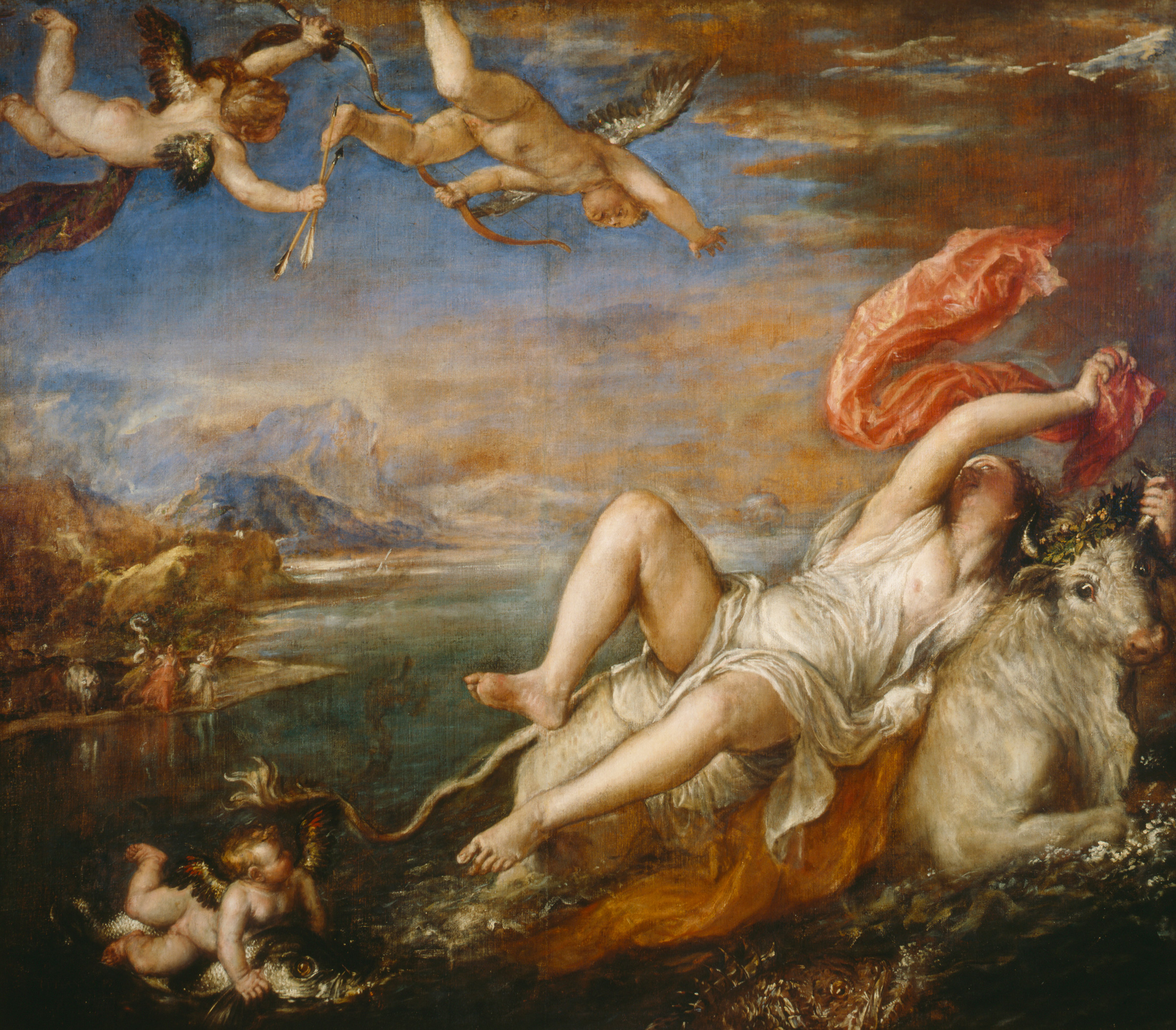Cretan mythology includes some of the most popular myths of antiquity and well-known characters that inspired ancient and modern art, and even the name of the continent of Europe. Getting familiar with the basic myths of Crete is a must before you visit the island, as you will discover most of the stories are connected to the archaeological treasures you will see in museums, archaeological sites and tourist destinations. Cretan mythology of course does not stop there, and we guarantee you will be inspired to explore more exciting stories that will make you appreciate the long history and culture of this unique island.
The birth of Zeus
The cave of Diktaion Andron in Lassithi Plateau is often listed as a must-see in many travel guides of Crete, as it is the location where Zeus was born. But how come Zeus was born in a cave? According to mythology, baby Zeus was hidden there by order of his mother, Rhea, to protect him from his envious father, Cronus, who ate his own children in fear that one day they would claim his throne. Zeus was raised there, fed with honey from the nymph Melissa (bee in Greek) and milk from mythical goat Amalthea. Seven giants called Kouretes guarded the cave and masked the crying of baby Zeus by banging loudly their shields with their swords, so Cronus wouldn’t hear Zeus. In this way, Zeus managed to grow up and finally fulfill the prophecy of overthrowing his father and taking power as the new king of the gods!
Daedalus & Icarus
One of the most exciting myths of Cretan mythology tells the story of Daedalus, the “Macgyver” of antiquity and skilled mechanic who found a solution for everything, and his son, Icarus. Daedalus was the designer of the Palace of Knossos and the Labyrinth, and he was also a talented sculptor. He worked for King Minos for many years, until he triggered his anger when he helped Pasiphae, the Queen, to mate with a beautiful white bull destined as a sacrifice for god Poseidon, by making a wooden model of a cow for her. The result of this strange mating was the mythical monster Minotaur. Minos imprisoned Daedalus together with his son into the Labyrinth, where they continued to work for him. Desperate to escape, Daedalus created two large pairs of wings made of branches and feathers, stuck together with wax. Just before they make the first flight in history, Daedalus told Icarus not to fly too high, because the sun would melt the wax. However, overpowered by excitement, young Icarus started flying higher and higher, the wax melted and he fell and drowned into the sea. The area where Icarus fell is now called Icarian Sea and the island where his body was collected is named Icaria.
Ariadne, Theseus and the Minotaur
The famous mythical monster known as Minotaur, half human half bull, lived in the Labyrinth, a dark maze of corridors where it was almost impossible to find the exit. As a result of a war between Athens and Crete, where Athens was defeated, seven young Athenean men and seven Athenean women were sent in Crete to be devoured by the Minotaur. Eager to get rid of this bloody agreement, the King of Athens ordered his son, Theseus, to travel to Crete and kill the Minotaur. Indeed, Theseus came to Crete and met Ariadne, the daughter of King Minos, who fell in love with him and decided to help him kill the monster. Ariadne then gave to Theseus a long thread that would mark his route into the Labyrinth and lead him to the exit once he had finished his mission. Theseus finally managed to kill the Minotaur and escaped Crete together with Ariadne.
The abduction of Europa
A lesser known Cretan myth of great importance tells the story of Zeus and Europa, the beautiful daughter of King of Phoenicia. Zeus fell in love with her and decided to seduce her by taking the form of a beautiful and powerful bull. The young woman approached the bull in admiration and rode his back. Then, the bull started running with great speed, crossing the Libyan Sea and brought Europa to Crete. According to mythology, Zeus and Europa mated in Gortyna and had two sons Minos and Rhadamanthys. Indeed, ancient coins found in Gortyna represent the abduction of Europa by Zeus!
